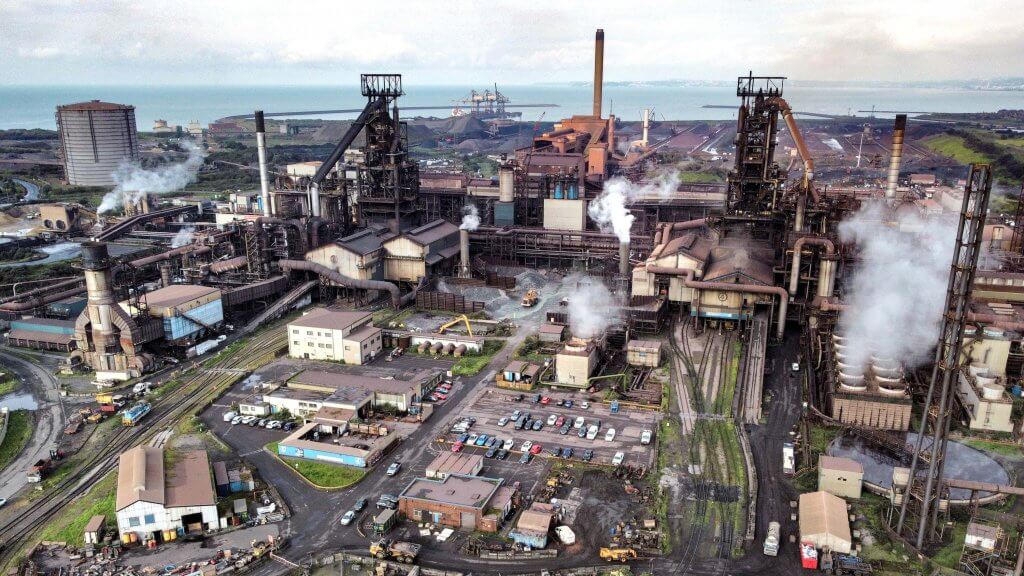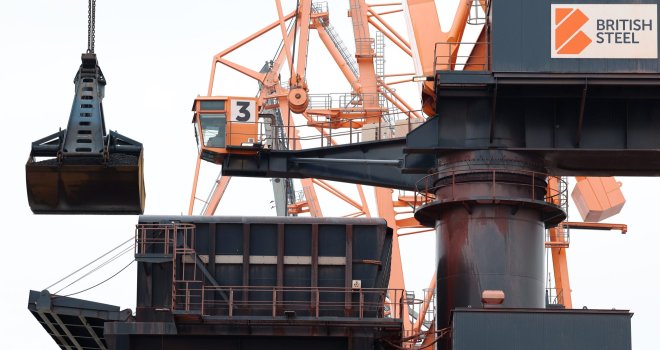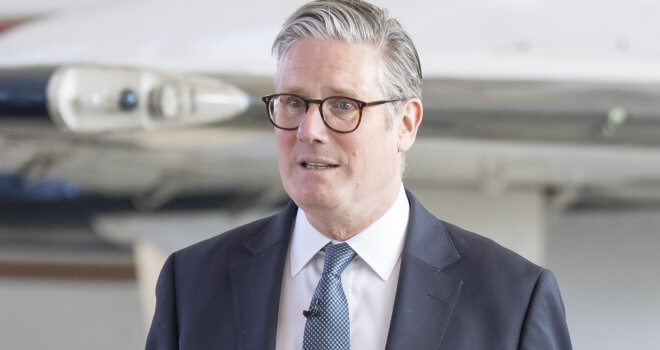Steel Giant Tata Hails Planning Approval For Port Talbot Plans

Steel giant Tata has welcomed planning approval for its proposals for huge changes to steelmaking at its biggest plant.
Neath Port Talbot Council’s planning committee gave the go-ahead at a meeting on Tuesday to the way steel is produced at the South Wales site.
Tata has closed blast furnaces and is switching to an electric arc furnace-based steelmaking process which is greener, but needs fewer workers.
Almost 2,000 jobs will be lost, although the company and the Government have announced plans to help find new jobs for those affected and Tata says thousands of jobs will be preserved.
Rajesh Nair, chief executive of Tata Steel UK, said: “We are very pleased to have secured approval to build sustainable steelmaking in Port Talbot.
“Amidst a challenging global market, this is a significant milestone for the project and we are committed to begin large-scale work on site this summer, ahead of the Electric Arc Furnace starting up from the end of 2027.
“This £1.25 billion investment is the most significant investment made in the UK steel industry in decades.
“The facility will secure high-quality steel production, preserve thousands of jobs, and safeguard steel making in Port Talbot for generations to come.”
Tata said that supported by £500 million of Government funding, the investment will preserve 5,000 Tata Steel UK jobs and cut on-site CO2 emissions by 90% compared to previous blast furnace-based steelmaking.
Business and Trade Secretary Jonathan Reynolds said: “This is a major step forward in securing a bright, long-term future for steel in South Wales, following the improved deal for Port Talbot’s transition we agreed with Tata Steel and the next phase of our Plan for Steel – unveiled last week.
“Today’s news will provide security for Port Talbot’s green steel transition and help give Welsh steelmaking the certainty it needs to drive growth and attract investment, as part of our Plan for Change.”
Welsh Secretary Jo Stevens said: “This decision is a significant step forward, providing more certainty over Tata’s plans for the site and for the future of steelmaking in South Wales.
“As part of our improved deal with Tata Steel, we have provided £500 million to support the company’s transition to greener steelmaking.
“This is backed by a further £80 million which we are investing directly into the community to support individual steelworkers and their families, businesses in the supply chain and on the regeneration of Port Talbot as we drive future economic growth in the area.
“We promised that we would deliver for our steel communities and through this investment and the steel strategy we are doing just that.”
The leader of Neath Port Talbot Council, Steve Hunt, said: “Our primary focus in the move to less carbon intensive steel production at Port Talbot has been on mitigating the effect of the net loss of jobs on our communities here in Neath Port Talbot and further afield.
“Through the Tata Steel UK Transition Board, of which I am a member, we have access to up to £100 million (£80 million from the UK government and £20 million from Tata Steel UK) which is being invested in skills and regeneration programmes for this area.
“The board and associated funding is being concentrated on immediate support for the people, businesses and communities directly affected by the transition to greener steelmaking and is being used to develop a plan for local regeneration and economic growth for the next decade.
“As the new £1.25 billion electric arc furnace at Port Talbot given planning permission today forms part of that plan, we must now work together to ensure it is a success.”




